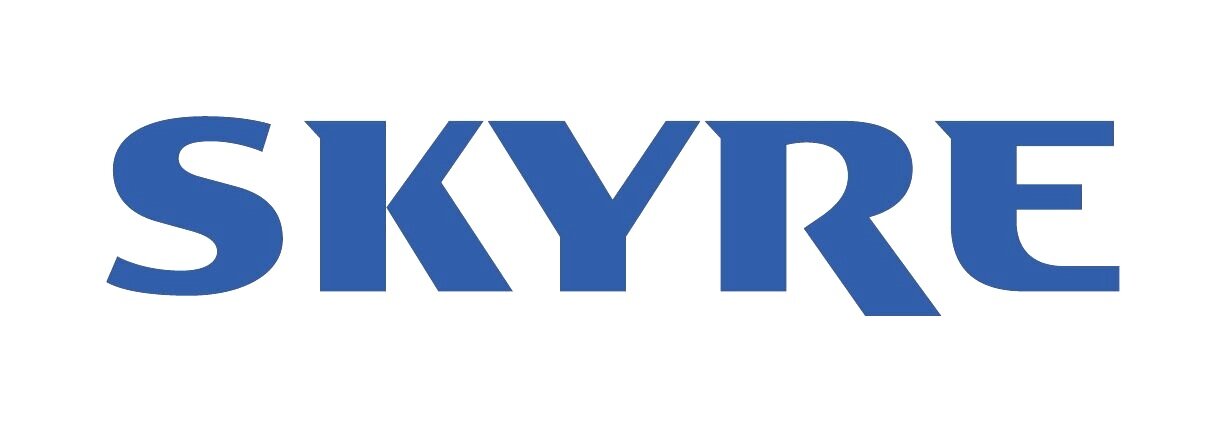Removing Carbon from the Atmosphere to Mitigate the Effects of Climate Change
SKYRE Applies Technology Originally Developed for NASA and U.S. Navy to Help Stem Global CO₂ Crisis.
The CO2RENEW™ enables businesses and manufacturers to convert CO₂ waste into streams of economic value.
With the aim of providing a game-changing solution to the problematic level of greenhouse gas emissions, SKYRE – a global clean energy leader – has developed CO2RENEW™. Originally developed for NASA and the U.S. Navy as the critical, central element of advanced life support systems used in closed environments, CO2RENEW addresses intensifying global environmental concerns by using a proprietary electrochemical process to efficiently convert a well recognized greenhouse gas in the atmosphere – carbon dioxide – to useable, valuable and important products.
Dr. Trent Molter, President and CEO of SKYRE, said, “To be commercially viable, products that transform carbon dioxide must cost-effectively produce valuable chemicals or fuels, provide practical solutions that people are compelled to implement, and have a positive environmental impact. Our CO2RENEW hits all the marks. SKYRE has the only patented, tested and commercially-scalable electrochemical platform for converting waste carbon dioxide into valuable hydrocarbon fuels and chemicals used in the production of dyes, polymers, feedstock preservatives and much more.”
SKYRE’s recent test data for the conversion of carbon dioxide to formic acid show industry-leading performance – with the CO2RENEW having five times the production capacity of other reported electrochemical-based solutions. Additionally, because it is uniquely designed to utilize excess or off-peak renewable power that otherwise might be wasted, it is a carbon-negative means of generating fuels and chemicals.
“Based on our replicated performance data, our CO2RENEW system projects to be industrially-viable and commercially-relevant – significantly reducing emissions while saving customers up to 50 percent compared to current delivery methods for these products,” said Dr. Molter.
